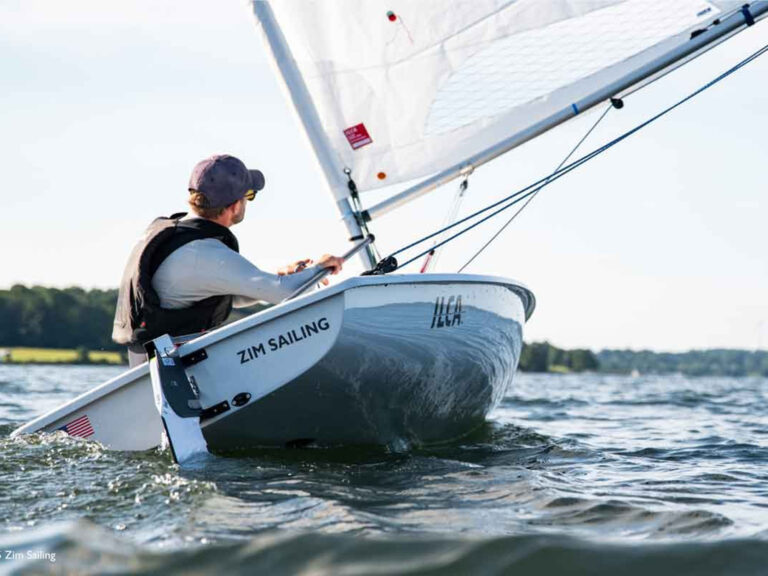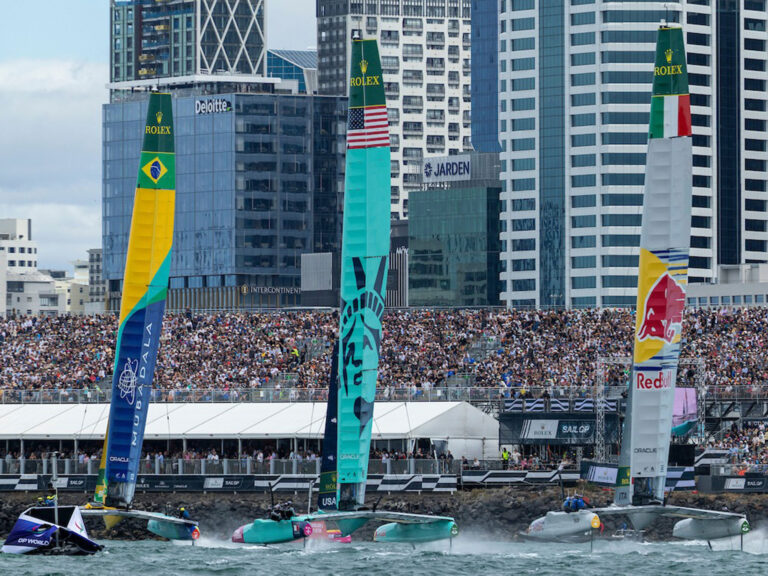
Gary Jobson 368
The U.S. Olympic Sailing Trials were fascinating to follow, and the final result is a very strong U.S. team. Along the way there were some very tight competitions, particularly in the Laser, Laser Radial, Star, Tornado, RS X, and Sonar. Over the course of 12 days I had the chance to visit each of the six venues. At each stop I found the race management to be excellent. There were, however, very few spectators, which is a shame because the racing was great fun to watch.
In the Tornado class in Race 16, for example, skippers John Lovell and Robbie Daniel started circling well before the gun. It looked more like an America’s Cup match than the normal Tornado drag race. In the last 30 seconds Daniel got stuck head to wind and was slow to accelerate; he never recovered. Still, I’m sure the competition Daniel provided will help Lovell and his crew, Charlie Ogletree, in their fourth Olympic games.
Looking ahead there is a big question of whether the U.S. should continue with the trials system or use a series of major international regattas as qualifiers. As it stands now, the U.S. is the only country in the world to use a standalone trials system.
Over the next nine months the U.S. team–six Paralympic sailors and the 18 Olympic sailors–will need to work hard to have a hope of winning a medal. They might start with talking to former Olympic medalists to understand what gave them the edge. The next step is to take their equipment to the next level. This will require considerable research–perhaps some of our American design firms and sailmakers could be of assistance? And of course, there is no substitute for on-the-water training and coaching.
Most of the sailors will be competing in major events throughout the world during this period, so it is up to the entire sailing community to lend a hand to our 2008 Olympic squad.





